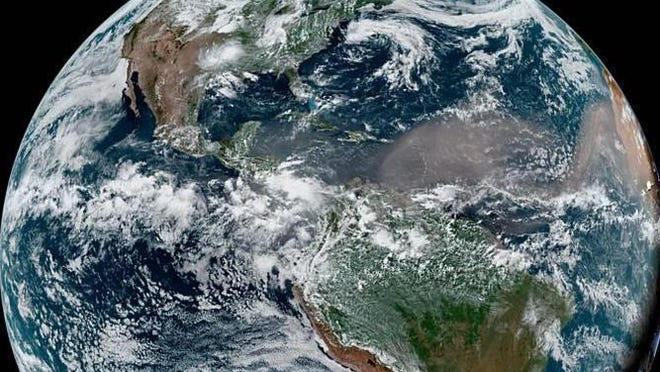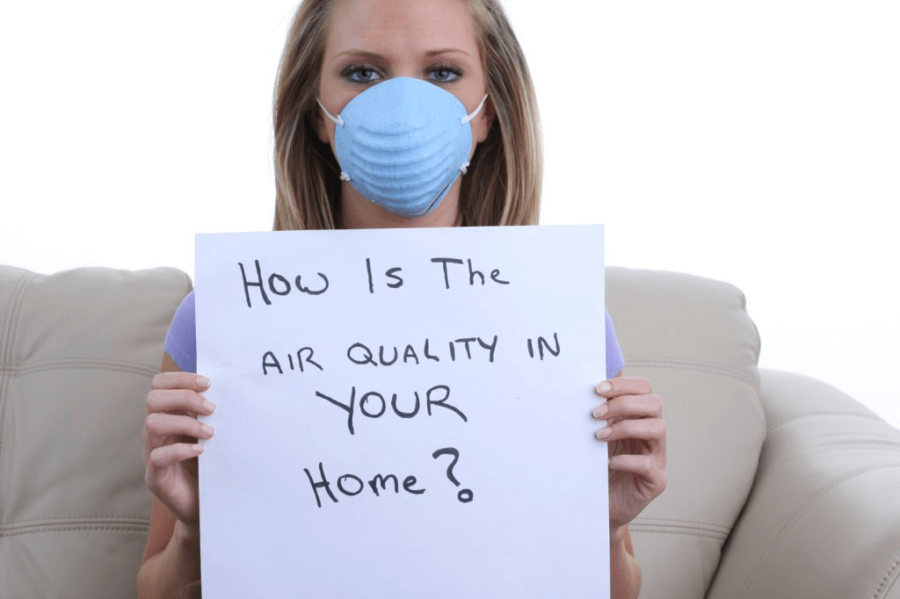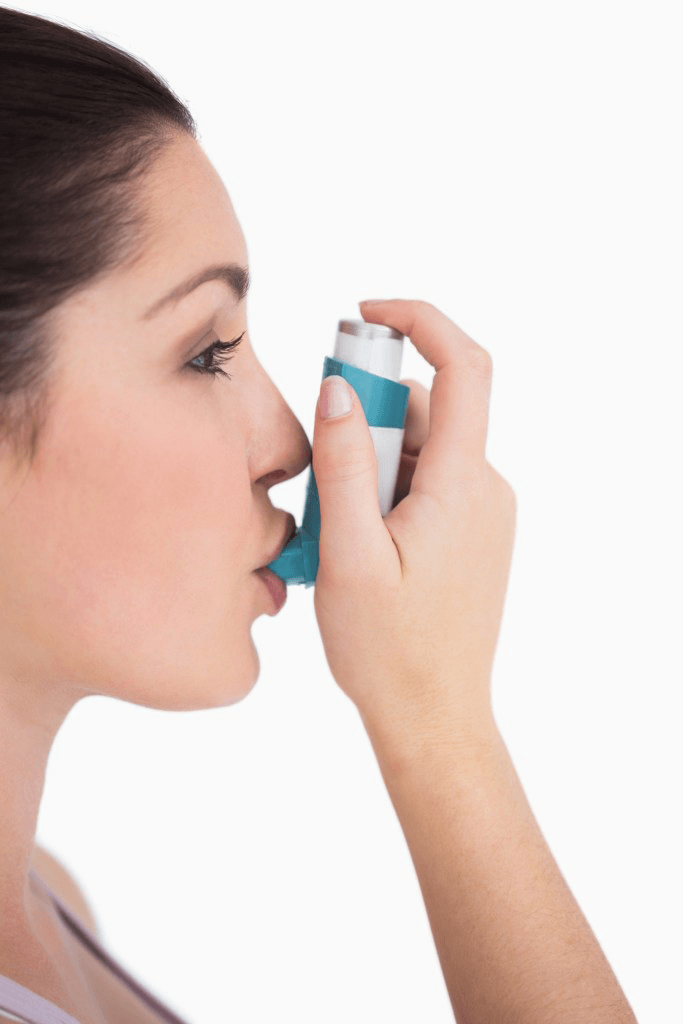It’s 2020, and when we think natural disasters the first thing we think about is the Covid-19 pandemic. Before that, the Australian wildfires. But there’s another potential disaster that you need to be aware of, especially if you want to maintain a healthy, clean breathing environment in your home. It’s the Sahara Dust Cloud.
Every year around June, a gigantic dust plume forms in the Sahara desert in North Africa, and it travels across the Atlantic and finds its way into North America. But this year, the dust cloud is bigger than it’s been in decades. It’s so huge this year that it’s been nicknamed the “Godzilla Dust Cloud.” It may be worth your time to understand what’s happening, and take the steps to safeguard your home so you don’t get swept up in a dust invasion.
1. Make sure the Walls and Roof are Solid – the first order of business is to make sure that your home is in good repair. There are lots of places where dust can creep in, and usually cracks or holes in the wall or roof are where this happen. Even if rain doesn’t leak into your home, it is easier for dust to get through odd areas where rain would just drip off the eaves and shingles. A well-built house keeps dust out, so it’s worth checking the integrity of your home at least once a year.
2. Close the Doors and Windows – this should go without saying, but during an actual storm all doors and windows should be closed and sealed tight. Your windows are the number one entrance for dust and particles, so they should be sealed tight.
3. Turn off the Air Conditioning – most people are tempted to run the air conditioning during a storm because the windows are shut and the air doesn’t circulate. This can make your home unbearably hot, but you need to tough it out. Air conditioners suck in fine dust from the air and this will end up seeping into your living space. It can also damage the air conditioner, so it’s best to keep it off.
4. Check your HVAC system – after the storm, you’ll need to check and clean the system. Check your ventilation and air-conditioning, as they might have clogged up during the storm, or suffered some other problem. Check for loose connections and dust buildup, and give it a run to see if everything is in working order.
5. Run the Ventilation – after any dust storm, you’ll want to run the ventilation to remove any airborne dust in the home, as well as clean out the stagnant air. Open the windows and let the stale air out, and get some fresh air inside.
6. Clean the House – finally, do a sweep of the house and use a broom or vacuum cleaner to remove any dust on the floor, walls, and other places in your house. This should be done regularly, as ignoring this can result in dust buildup around the house, but it’s especially vital to do so after a dust storm. Air quality deteriorates quickly when the home isn’t kept clean.

On the whole, the Godzilla Dust Cloud can be a serious threat to your home and family’s healthy, but if you are conscientious about what’s happening and alert to any dust buildup, you can avoid any unpleasantries. An air quality monitor is of course a great way to get a heads-up when the dust is starting to pile on, so consider investing in one. A well-kept home is a happy and healthy one, so be sure you are actively checking for dust and particle buildup.







